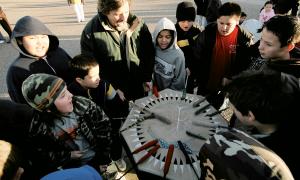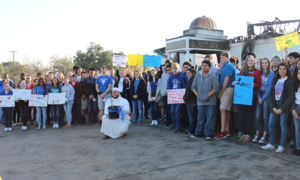lesson
The True History of Voting Rights

In this lesson, students learn about the expansion and restriction of voting rights in the United States, examine court rulings, discuss voter disengagement, and explore a voting rights timeline. Students will also learn how to register to vote.
October 8, 2020



